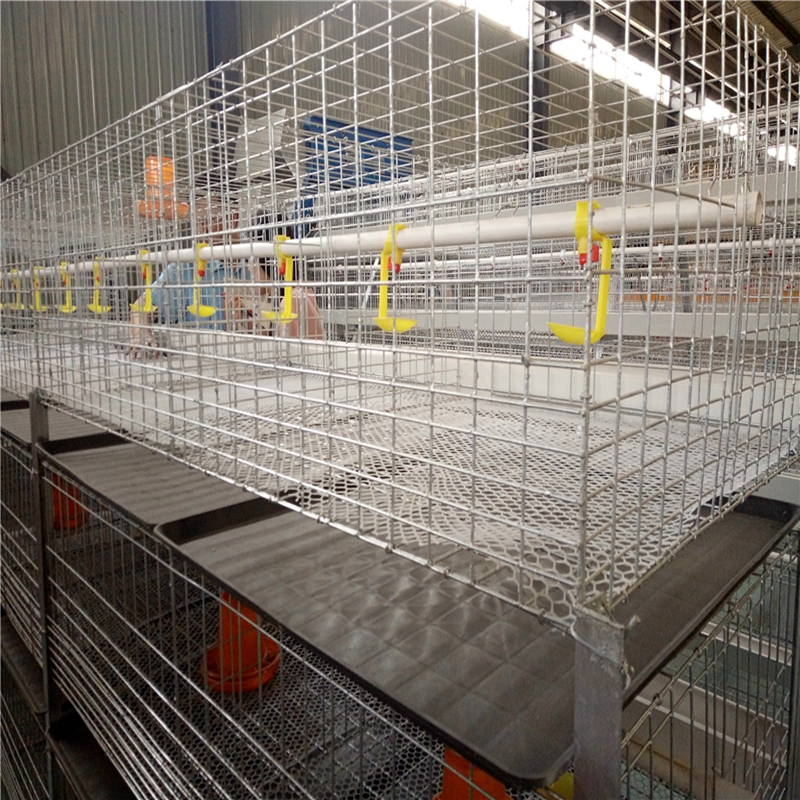Advanced Vacuum Meat Packaging Solutions for Optimal Freshness and Shelf Life Preservation
Nov . 24, 2024 14:12 Back to list
Advanced Vacuum Meat Packaging Solutions for Optimal Freshness and Shelf Life Preservation
Understanding Vacuum Meat Packaging Machines
In the ever-evolving world of food processing and preservation, vacuum meat packaging machines play a crucial role. These advanced devices are designed to extend the shelf life of meat products, maintaining their quality, flavor, and nutritional value by effectively removing air from the packaging. As demand for fresh, high-quality meat products continues to rise, understanding the functionalities and benefits of vacuum meat packaging machines has never been more important.
How Vacuum Meat Packaging Works
At the core of vacuum meat packaging is the principle of removing oxygen from the packaging, which is a primary contributor to spoilage. The machine operates through a simple yet effective process
1. Loading The meat product is placed inside a specially designed plastic bag or pouch. 2. Sealing Once the meat is positioned correctly, the machine’s chamber closes and creates a tight seal around the bag. 3. Vacuuming The machine then employs powerful vacuum pumps to extract the air from the bag. Some advanced models use multiple chambers for batch processing, allowing for increased efficiency. 4. Sealing After removing the air, the machine seals the bag tightly to prevent any air from entering and to protect the meat from external contaminants.
This process is critical as it helps to inhibit the growth of aerobic bacteria and mold, ensuring the meat remains fresh for an extended period.
Benefits of Using Vacuum Packaging Machines
1. Extended Shelf Life By significantly reducing the oxygen content in the package, vacuum packaging can prolong the shelf life of meat products from days to months. This is particularly beneficial for both retailers and consumers, minimizing waste.
2. Preservation of Quality Vacuum packaging not only keeps meat fresh but also preserves its texture, flavor, and nutritional value. The absence of air limits the oxidation of fat, which can lead to rancidity and off-flavors over time.
3. Portion Control These machines allow for easy portioning of meat. Packaging smaller portions can help consumers manage their meat consumption more effectively and reduce waste.
vacuum meat packaging machine

4. Cost-Effectiveness For businesses, investing in a vacuum meat packaging machine can lead to significant cost savings over time. Less spoilage means reduced losses and increased profitability.
5. Convenience Vacuum-sealed meat products are often more convenient for both storage and cooking. They take up less space in refrigerators and freezers and can be easily cooked from frozen, making meal preparation simpler.
Different Types of Vacuum Packaging Machines
There are several types of vacuum meat packaging machines, each designed to meet varying scales of production.
- Chamber Vacuum Sealers These are typically used in commercial kitchens and meat processing plants. They can handle larger quantities of meat and come with a built-in pump that creates a vacuum within a chamber.
- External Vacuum Sealers More suitable for home use, these are compact machines that seal bags using external suction. While they may not provide the same level of vacuum as chamber sealers, they are ideal for everyday needs.
- Vacuum Bagging Machines These machines work with pre-made bags that allow for quick sealing and are often used for smaller batches.
Conclusion
Vacuum meat packaging machines are an essential investment in the food industry, providing a myriad of benefits including prolonged shelf life, preservation of quality, and money-saving efficiencies. With advancements in technology, newer models are becoming more user-friendly and accessible to both large-scale manufacturers and smaller processors alike. As consumers continue to seek fresh and high-quality meat products, the role of vacuum packaging in maintaining food safety and quality will undoubtedly expand. Investing in a reliable vacuum meat packaging machine is, therefore, a wise choice for anyone involved in the meat sector, contributing significantly to enhanced customer satisfaction and improved business outcomes.
-
Hot Sale 24 & 18 Door Rabbit Cages - Premium Breeding Solutions
NewsJul.25,2025
-
Automatic Feeding Line System Pan Feeder Nipple Drinker - Anping County Yize Metal Products Co., Ltd.
NewsJul.21,2025
-
Automatic Feeding Line System Pan Feeder Nipple Drinker - Anping County Yize Metal Products Co., Ltd.
NewsJul.21,2025
-
Automatic Feeding Line System - Anping Yize | Precision & Nipple
NewsJul.21,2025
-
Automatic Feeding Line System - Anping Yize | Precision & Nipple
NewsJul.21,2025
-
Automatic Feeding Line System-Anping County Yize Metal Products Co., Ltd.|Efficient Feed Distribution&Customized Animal Farming Solutions
NewsJul.21,2025






